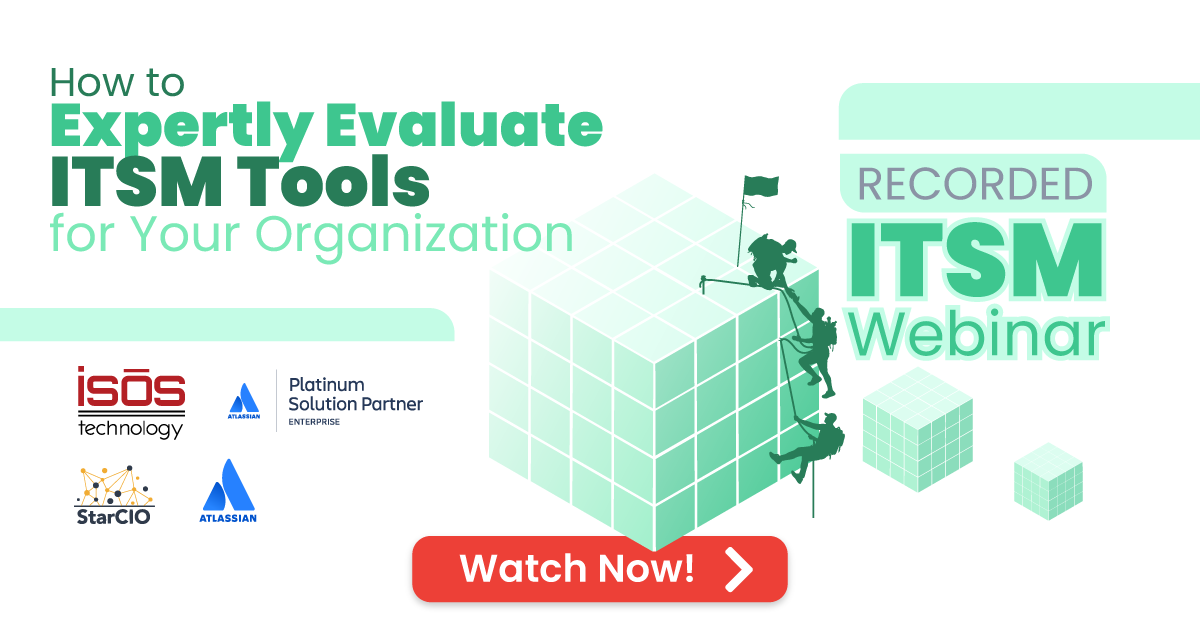 Auditing IT Service Management (ITSM) systems can be a daunting task, especially for organizations with large, complex ITSM systems. However, it doesn’t have to be so complicated. With the right planning and preparation, ITSM auditing can be a relatively simple process.
Auditing IT Service Management (ITSM) systems can be a daunting task, especially for organizations with large, complex ITSM systems. However, it doesn’t have to be so complicated. With the right planning and preparation, ITSM auditing can be a relatively simple process.
ITSM is a crucial aspect of any organization as it manages the entire life cycle of services, from planning and delivery to retiring and evaluating. This means that auditing ITSM processes is a critical step in ensuring that the service management process is operating effectively and efficiently at your company. Unfortunately, many organizations struggle to stay on top of their auditing processes, and can find the overall process to be time-consuming and complex. Fortunately, there are a few steps that organizations can take to make the auditing process simpler and more efficient.
So How do I Prepare?
Set Clear Objectives
Setting clear and obtainable objectives will help ensure that the audit is conducted efficiently, and that all relevant areas are covered. It's also important to determine the scope of the audit, as this will help to reduce the amount of time spent on unnecessary tasks, and help to focus on areas that can provide the most benefit to the organization. Once the objectives and scope of the audit are established, it is important to gather the necessary resources to complete the audit, which might include personnel, tools and training. Having the right resources in place will ensure that the audit is conducted in a timely and efficient manner.
When carrying out the audit, it is important to establish a baseline of the current state of the ITSM system. This includes collecting data on the system’s performance, configuration, and processes. This information will be used to compare against the audit objectives and the desired results. It is also important to incorporate change management into the audit process, as it ensures that any changes made to the system are tracked and the effects of those changes are monitored.
Another important factor to consider when conducting an ITSM audit is compliance, because organizations should ensure that the system is compliant with industry standards and regulations. This includes making sure that the system’s processes and procedures are up-to-date and in line with current best practices.
Identify Key Resources and Systems
Another crucial and early step in making ITSM auditing simpler is to identify the key areas to be audited. This can be done by creating a list of the IT services that need to be monitored, such as hardware, software, and network infrastructure. Once the list is created, it’s important to review and prioritize the different areas to ensure that each is audited in a timely manner. This helps to ensure that the most important areas are being monitored, while also helping to keep the process organized and efficient.
Prioritization
Another way to make ITSM auditing easier is to create a checklist and prioritize the areas that need to be audited. By focusing on the most critical areas, auditors can quickly identify and address any issues that might impact service delivery. This will also help to ensure that the auditing process is more efficient and focused. Checklists should include all of the items that need to be monitored, such as the hardware and software, as well as any processes or procedures that need to be followed. By doing so, teams help to ensure that all of the items are checked off in a timely manner.
Automation
One of the best ways to make ITSM auditing easier is by automating the process. Automation eliminates the need for manual data entry, reduces errors and saves time. With the use of ITSM tools such as Active Directory (AD/ADFS), SCCM, Insight or Jira, auditors can automate the process of gathering and analyzing data. This means that instead of spending time manually gathering data, auditors can focus on analyzing the data and making informed decisions.
Standardization
Standardization is key to making ITSM auditing easier, because having standardized processes allows auditors to easily identify deviations from the standard, and quickly determine if there are any issues that need to be addressed. Standardization also helps to ensure that the audit process is consistent, fair, and transparent.
Collaboration
Collaboration is crucial in making ITSM auditing easier. By working with other stakeholders, such as IT service management teams, auditors can gather valuable insights and information to support the auditing process. This can help to identify areas for improvement and ensure that the auditing process is more effective and efficient.
Continuous Improvement
Finally, making ITSM auditing easier requires continuous improvement. The auditing process should be reviewed and updated regularly to ensure that it remains relevant and effective. By continuously improving the process, auditors can ensure that they are providing valuable insights and recommendations to support the ITSM process.
In conclusion, making ITSM auditing easier is a critical aspect of ensuring that the service management process is operating effectively and efficiently. By automating the process, standardizing processes, prioritizing areas that need to be audited, collaborating with stakeholders, and continuously improving the process, auditors can ensure that they are providing valuable insights and recommendations to support the ITSM process.
Sign up to receive more great content
Learn more about Atlassian and how Isos can help by signing up to receive our latest blogs, eBooks, whitepapers and more.














